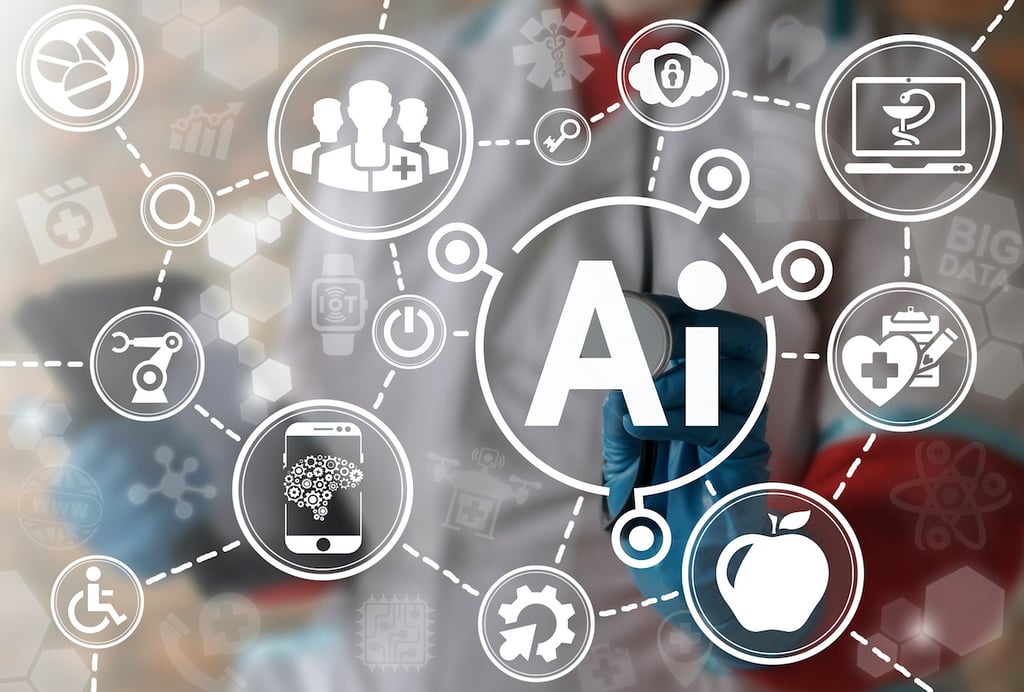
Five Ways Big Data Can Turn Health Data into Actionable Insights

One of the reasons I enjoy writing about technology, particularly data technology, is because I believe it can illuminate real-world problems. So you can imagine my frustration when I tried to fact-check the conflicting data on Ebola’s infection rates. One article claimed a case fatality rate of 25 percent, while another cited 90 percent.
I checked and, surprisingly, both are right — well, sort of. WHO states:
“The average EVD case fatality rate is around 50%. Case fatality rates have varied from 25% to 90% in past outbreaks.”
This week, WHO bumped that fatality rate to 70 percent.
The reason the numbers range so widely is simple: West African health care systems and reporting structures aren’t advanced enough to properly track it, according to the CDC.
That’s a rational explanation, but it doesn’t resolve the confusion. Surely, if we’re serious about stopping the spread of Ebola and finding a cure, we’re going to need real data.

So…where’s the data in this fight? It is most likely on mobile phones.
That may surprise some in first-world countries, but mobile phones are widely owned in Africa, even in the poorest countries. That data is now being used to track Ebola. For instance, Flowminder, a Swedish non-profit that builds population movement models, analyzed anonymized voice and text data to map typical population movements in Senegal. The maps helped the country determine where to focus Ebola treatment centers and where it could restrict travel to reduce the risk. In August, the country used that data to close its borders with Guinea, which Technology Review notes was extremely controversial.
The country also has taken other preventative steps, as outlined in this Fortune article. Whatever the reason, Senegal has kept the Ebola epidemic out of its borders: The country has experienced only one confirmed case, and no deaths.
The problem with that project, though, is that the data is dated. Orange Telecom handed over data from 2013 and, as BBC News points out, an epidemic tends to change how people move.
In order to gain real-time data, the U.S. Center for Disease Control and Prevention is “collecting mobile phone mast activity data from mobile operators,” the BBC reports. Privacy and constitutional issues aside, this is allowing the CDC to match calls to helplines with locations.
“A sharp increase in calls to a helpline from one particular area would suggest an outbreak and alert authorities to direct more resources there,” the BBC states. “The level of activity at each mobile phone mast also gives a kind of heat map of where people are and crucially, where and how far they are moving.”
Social media analysis has also bested official channels when it comes to mapping potential outbreaks, according to The Scientist.
“Nine days before the World Health Organization (WHO) declared the Ebola epidemic, a ‘mystery hemorrhagic fever’ was spotted by HealthMap, software that mines government websites, social networks, and local news reports, among other sources, to map potential disease outbreaks,” the article notes. Researchers based at the Boston Children’s Hospital run HealthMap.
Ultimately, though, neither mobile nor social media data alone will get health experts where they could be with epidemics like Ebola, or even more common diseases. What’s needed is a true Big Data approach. As Peder Jungck, chief technology officer for BAE Systems’ intelligence and security division, told the BBC, Big Data analytics could measure the effectiveness of containment, treatment, education and sanitation in stopping Ebola. It could also be used to explore how more nebulous factors, such as weather, affect the spread.
So, the data is there — and so are the data scientists. If you’re interested in exploring Ebola data, the BBC article is a good start. DataMarket has made four Ebola data sets available, and you can also find data set links in this Open Data discussion.
Loraine Lawson is a veteran technology reporter and blogger. She currently writes the Integration blog for IT Business Edge, which covers all aspects of integration technology, including data governance and best practices. She has also covered IT/Business Alignment and IT Security for IT Business Edge. Before becoming a freelance writer, Lawson worked at TechRepublic as a site editor and writer, covering mobile, IT management, IT security and other technology trends. Previously, she was a webmaster at the Kentucky Transportation Cabinet and a newspaper journalist. Follow Lawson at Google+ and on Twitter.












